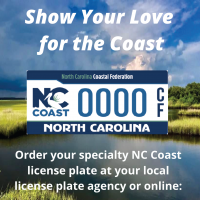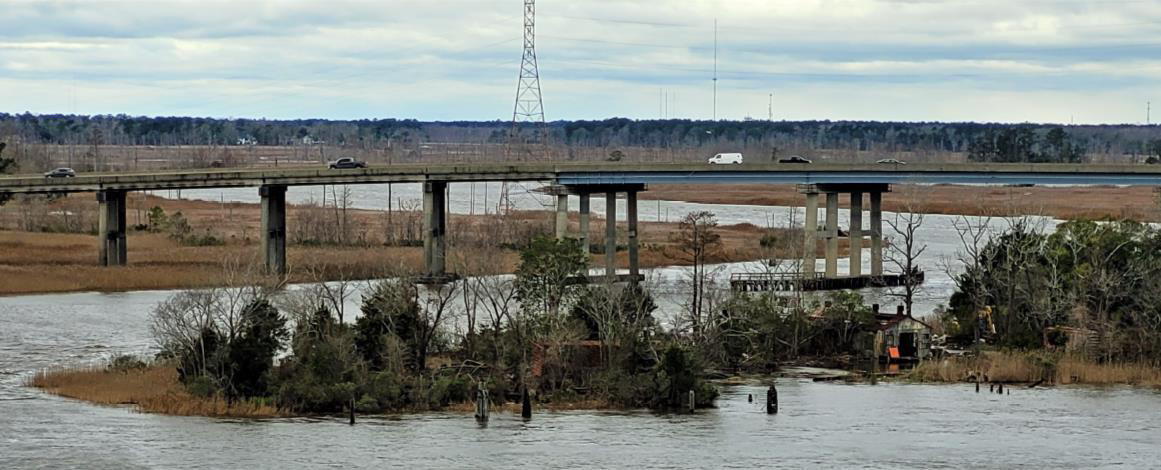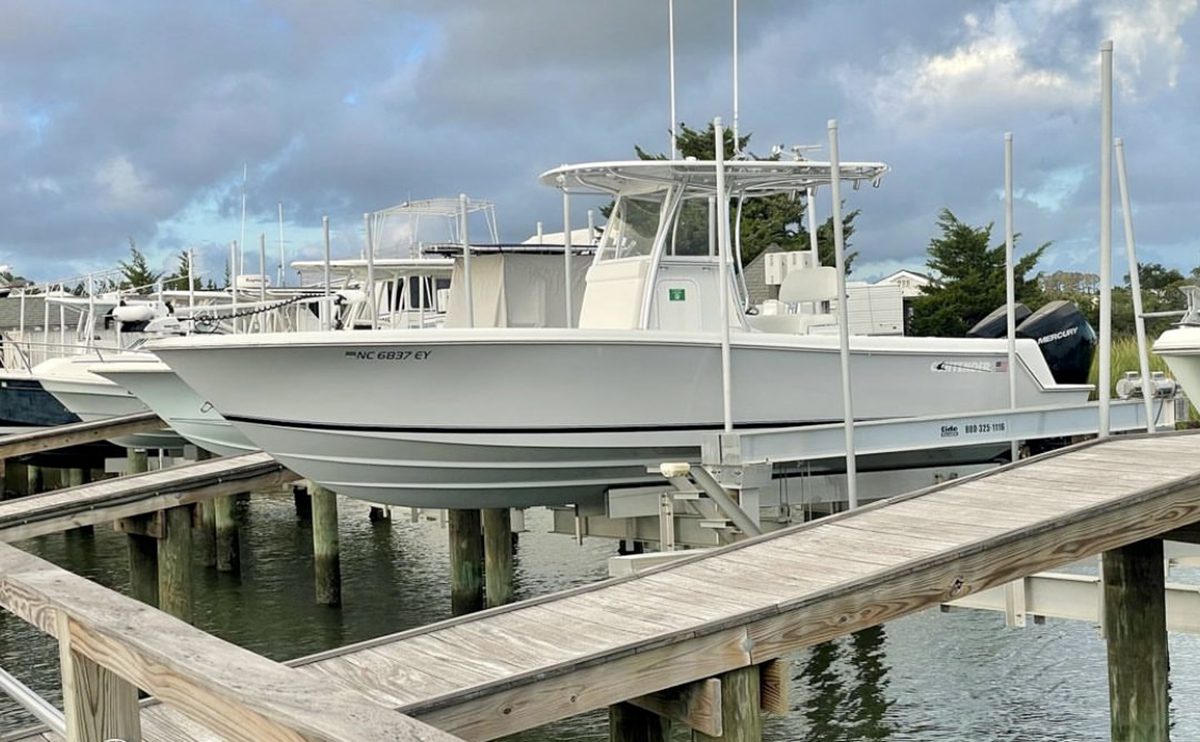
A wise man once told me, “If you get a boat that can do everything, you’ve got a boat that can’t do anything.”
What does that mean exactly? There is no true do-everything boat.
Supporter Spotlight
If you own a boat now, figure out what it’s best at and do that. You probably already do. If you don’t own a boat, maybe I can help you with a decision down the road. It is boat show season now after all.
The first consideration for most people is always going to be cost. The boat market, just like real estate, has gone through the roof the last couple years. Having said that, owning a boat is not a very good lesson in economics. For most of us it doesn’t produce any revenue and will continue to cost us money for as long as we own it. The word BOAT is an acronym for “Bust Out Another Thousand” after all. But we can find some decent deals on the used market if we aren’t in a hurry.
It’s important to know what we’re looking for.
I’d say that, day-in and day-out, most people who fish coastal waters within 10 miles of shore can get by with a single-engine, center-console boat that’s 18 to 24 feet long. This type of craft can get us to the inlet and out in the ocean in reasonable comfort, and if it’s too rough for you to be out in that boat, it’s not really going to be a very fun day anyway.
With a boat of this size, you can bottom-fish the inshore reefs, chase schooling fish along the beaches, jig the wrecks for flounder, and a whole lot of other things. But there are realistic limits.
Supporter Spotlight
First of all, you will have limited access in areas behind barrier islands and shallow-water situations due to draft constraints (draft is how much water your boat needs to operate). You also have to make difficult decisions if you think about going farther offshore. If you’re not sure about what the weather and waves will be for the ride home, don’t go. If you like going offshore, at some point a boat of this size might not be the best choice.
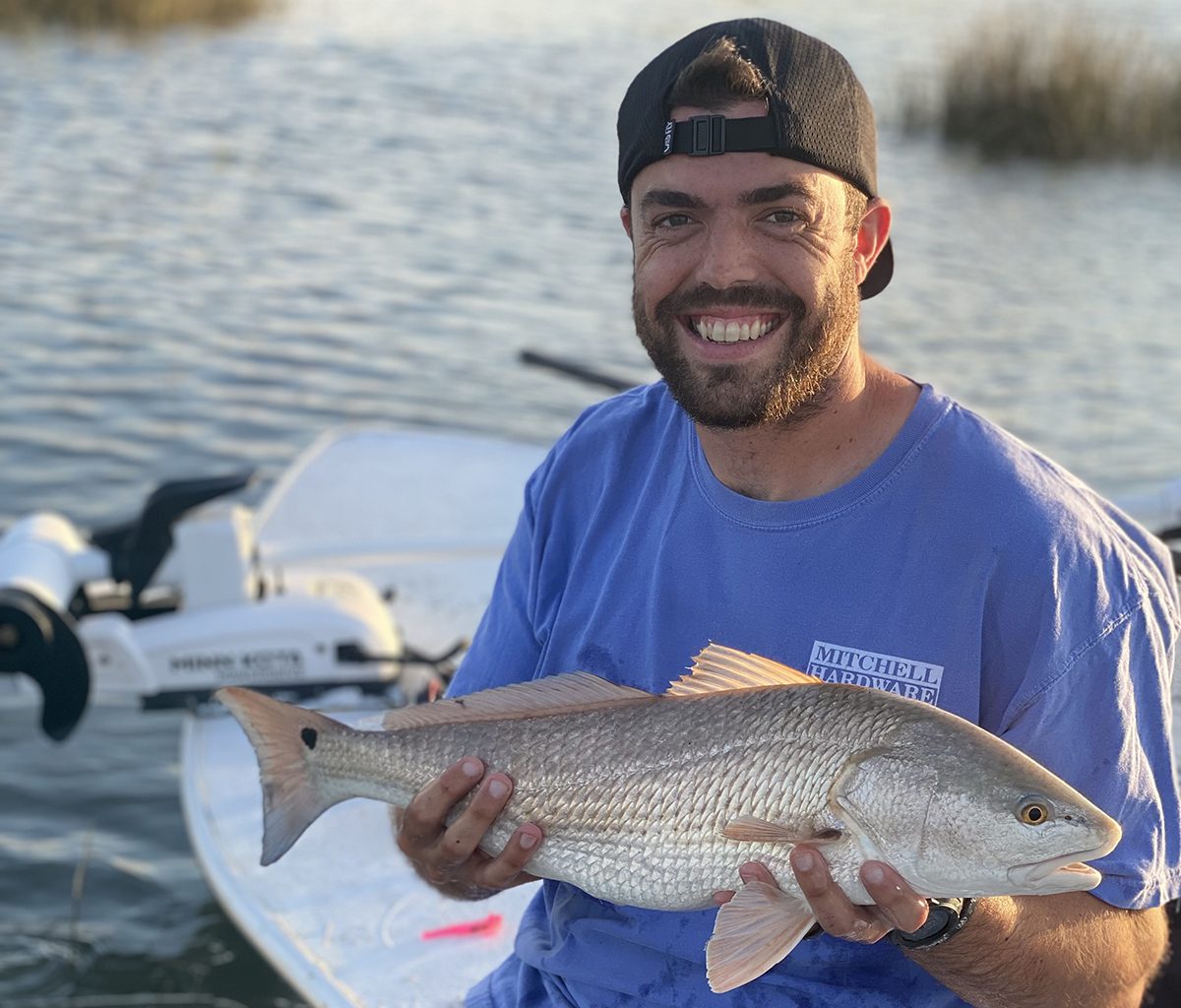
If you see yourself making a lot of trips beyond 10 miles offshore, such as fishing weed lines for mahi-mahi, tuna, or whatever else might be out there, then something over 25 feet will be a better choice, and you might want to think about two engines.
When you’re 20-plus miles offshore and there isn’t another boat in sight, having two engines is really nice insurance on getting back to the dock the same day. Can you go out there with one? Of course, you can. I’ve done it quite a few times myself. Would I have felt better about it with two? Definitely.
I haven’t mentioned true offshore cabin cruisers yet. The price of these has escalated to the point that I don’t even look at them, and at this point in my life I don’t know much about them. However, I’d say that if you only want to make one or two trips per year to fish for marlin or something that’s over 30 miles from port, you’d probably be better off leaving it to the pros and chartering.
A lot of people own johnboats. They use them for duck hunting, shallow-water fishing, small creeks, and any place you need a durable shallow-draft boat. They can get you almost anyplace. I used one for years. I caught a bunch of fish in it.
They have a couple real drawbacks. It’s tough to cross any open body of water when the wind starts blowing. They’ll bang you around and try to knock your teeth out. They also tend to be loud when you’re fishing shallow places where you’d rather not make any sound at all. A better choice can be the flat-bottom fiberglass skiff. They weigh a bit more, can’t go quite as shallow as a johnboat of the same size, but they can carry more and make crossing open water a little bit easier.
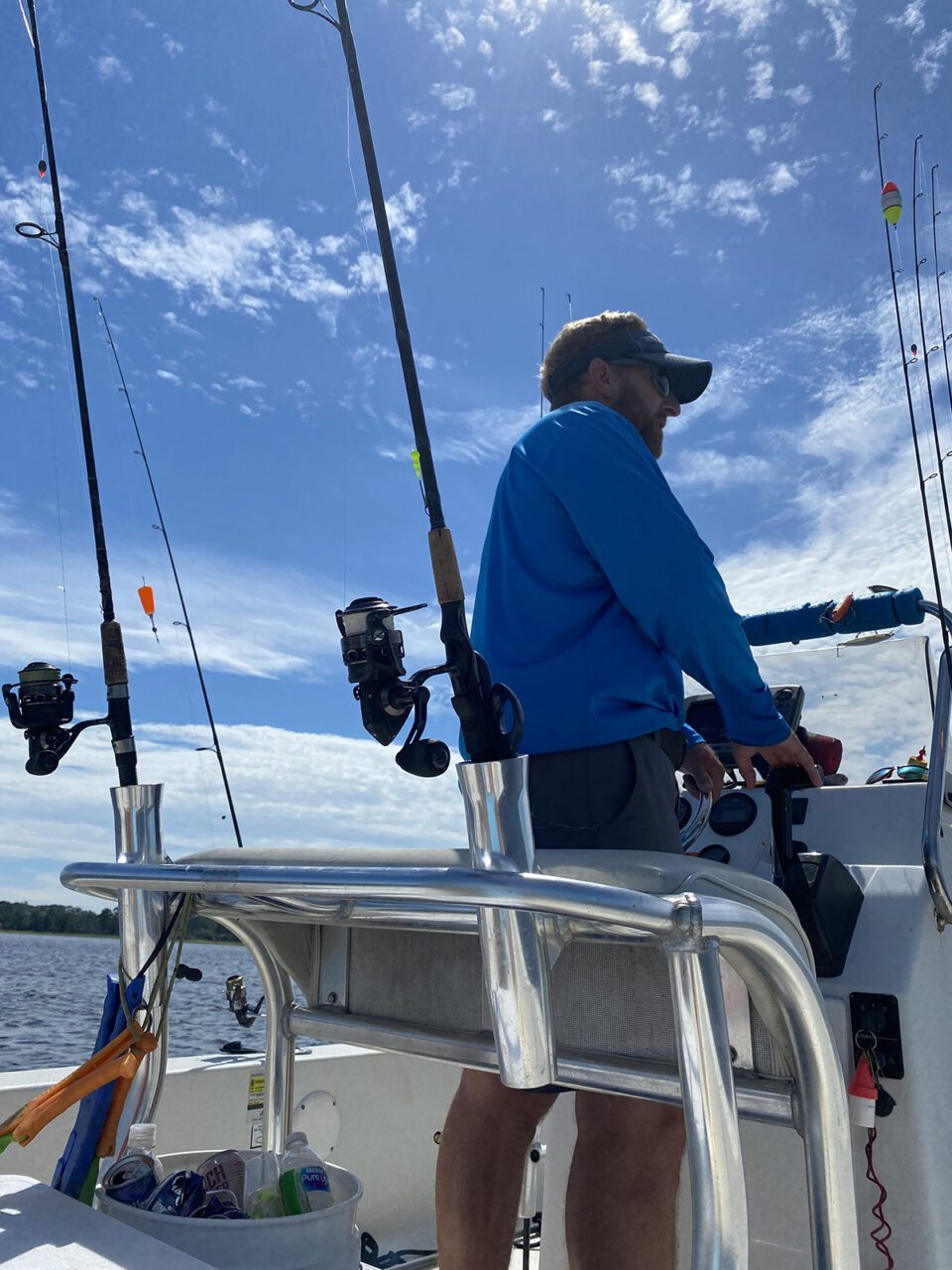
In the past 20 years we’ve seen the rise of the bay boat. It grew out of a need to use the flat-bottom skiffs in areas where larger bodies of water were needed to be crossed and where it was too shallow to use a traditional center-console with a deep-vee hull. Bay boats can often fish in water less than 18 inches deep and will be loaded with accessories that make them fishing machines in protected waters.
On calm days you can even take a bay boat outside the inlet to chase false albacore or something. If you like to bass fish and want to do that type of fishing in saltwater for red drum or speckled trout, this is the style of boat for you.
Finally, we have the flats-style boats with the poling platform on the stern. These will usually have a push-pole and will sometimes also have a trolling motor. This is an extremely specialized style. If you don’t see yourself poling a skiff in 6 inches and sight-fishing shallow water, this is not the one for you. It’s the exact opposite of the big offshore cruisers.
If you just want to do it once or twice a year, this is another situation where you’d be better to leave it to the pros and get a charter.
Hopefully I have helped clear the mud for you when it comes to boats.
Is this all? No way!
I haven’t talked about canoes, kayaks, pangas, cuddy cabins, and at least a dozen more, and don’t even start thinking about sailboats. That’s a whole ’nother thing. But what I’ve hopefully done is to cover most of the styles of boats you might see fishing our coastal waters and help you make a decision if you’re trying to see what you want for yourself.
Now go out and buy a boat, and give me a ride on it!

